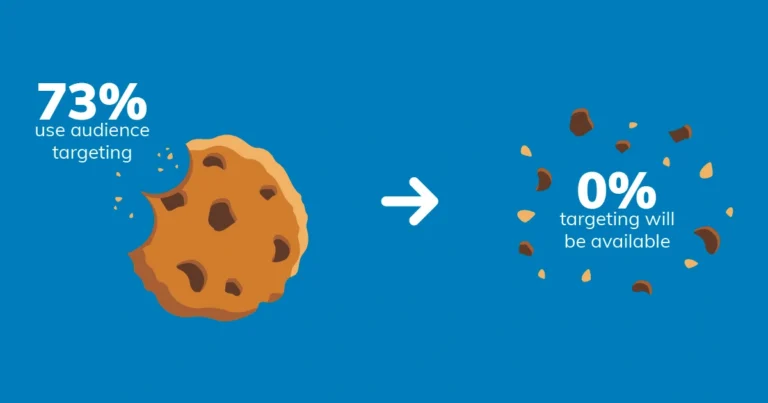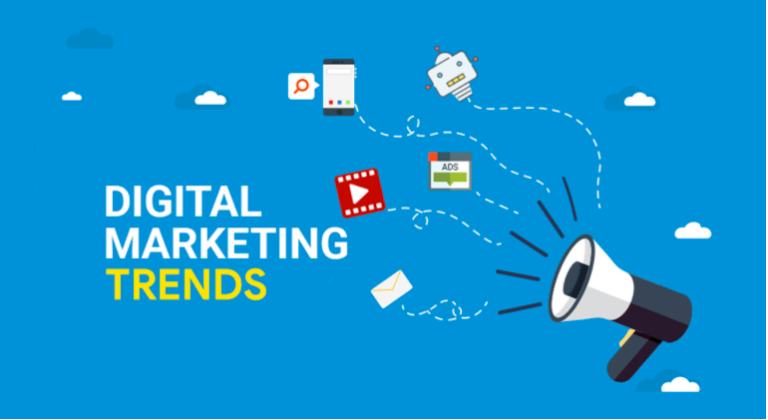Blockchain for Marketing Transparency: Transforming Digital Marketing in 2025
What is Blockchain in Marketing?
Blockchain technology has rapidly moved beyond its initial association with cryptocurrencies. In 2025, it’s revolutionizing digital marketing by ensuring transparency, enhancing data security, and boosting consumer trust. Blockchain’s decentralized and verifiable nature offers marketers a powerful tool to authenticate ad performance, protect customer data, and minimize fraud. This comprehensive guide explores how blockchain for marketing transparency is transforming the digital marketing landscape and why forward-thinking marketers are adopting this technology.
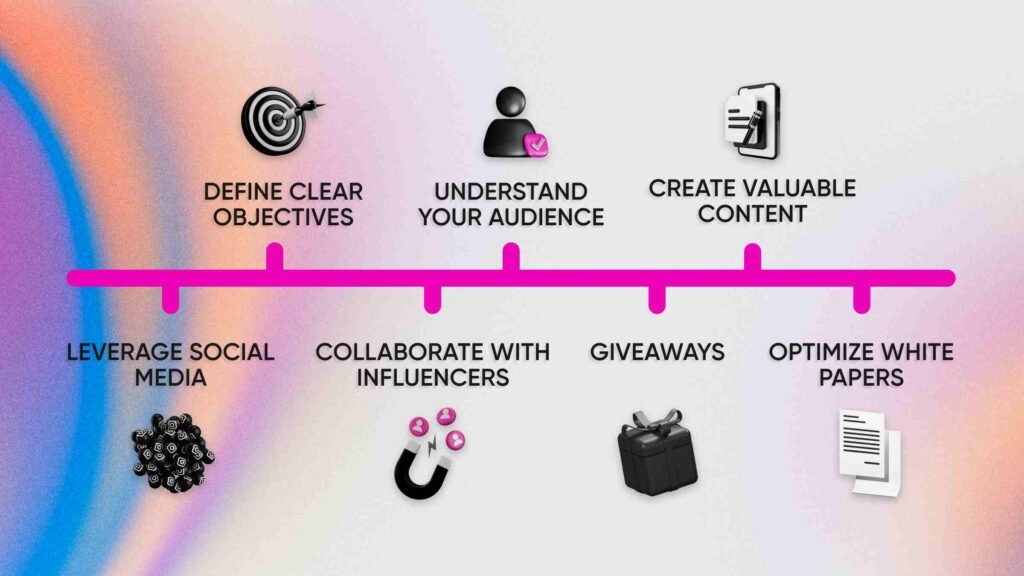
Why Blockchain Matters in Digital Marketing
In digital marketing, brands face complex challenges around data privacy, fraud, and transparency. Blockchain technology provides solutions by decentralizing control, creating an immutable record, and making data visible and verifiable.
Key Benefits of Blockchain for Marketers
- Transparency: With blockchain, marketers and consumers gain real-time visibility into data, ensuring that digital transactions are verifiable and authentic.
- Security: Blockchain technology helps protect consumer data with encrypted transactions, reducing the likelihood of data breaches.
- Consumer Trust: Blockchain’s transparency enables consumers to track how their data is used, fostering greater trust between brands and audiences.
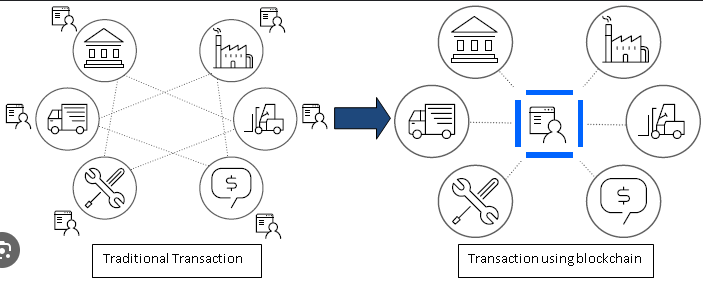
Core Principles of Blockchain Technology in Marketing
Blockchain’s transformative capabilities in digital marketing stem from its core principles: decentralization, immutability, and transparency.
- Decentralization: Unlike traditional marketing platforms controlled by a single entity, blockchain operates as a peer-to-peer network, giving equal authority to all participants. This eliminates the need for intermediaries, streamlining processes and reducing costs.
- Immutability: Once information is recorded on the blockchain, it cannot be altered, ensuring data integrity and reliability.
- Transparency: Blockchain’s ledger is publicly accessible, allowing marketers and consumers to verify transactions, thus promoting trust and accountability.

Blockchain’s Role in Enhancing Ad Transparency
One of the most significant issues in digital advertising is the lack of transparency regarding ad impressions and click-through rates. Blockchain technology creates a permanent record of each ad interaction, helping marketers authenticate ad impressions and ensure legitimate engagement metrics.
How Blockchain Verifies Ad Impressions
Using blockchain, brands can verify ad impressions to ensure that ads are displayed to real users. Each impression is recorded on a decentralized ledger, providing verifiable proof of ad placement.
Case Study: Unilever’s Blockchain Integration in Advertising Unilever adopted blockchain to track and verify ad placements in real-time. This shift enabled them to identify and remove fraudulent ad traffic effectively. Unilever reported a 20% reduction in costs associated with ad verification and saw increased trust with ad partners, showcasing blockchain’s role in reducing fraud and improving transparency.

Reducing Advertising Fraud with Blockchain
Digital advertising fraud, including click fraud and impression fraud, costs brands billions annually. Blockchain technology helps mitigate these issues by creating verifiable records of each interaction, making it easier to detect fraudulent activities and ensuring that ad spend reaches legitimate users.
Blockchain and Fraud Prevention Techniques:
- Click Fraud Prevention: Blockchain tracks every click in real time, making it possible to detect unusual patterns that indicate fraudulent clicks.
- Impression Fraud Reduction: Blockchain’s transparency allows marketers to confirm that impressions reach authentic users, not bots.
Case Study: The New York Times’ “News Provenance Project” The New York Times launched the News Provenance Project to address misinformation and fraud in digital media. By using blockchain, they created a secure, verifiable record of their content, allowing users to track article origin and authenticity. This reduced the risks of misrepresentation and fraudulent content distribution, enhancing reader trust in the platform.
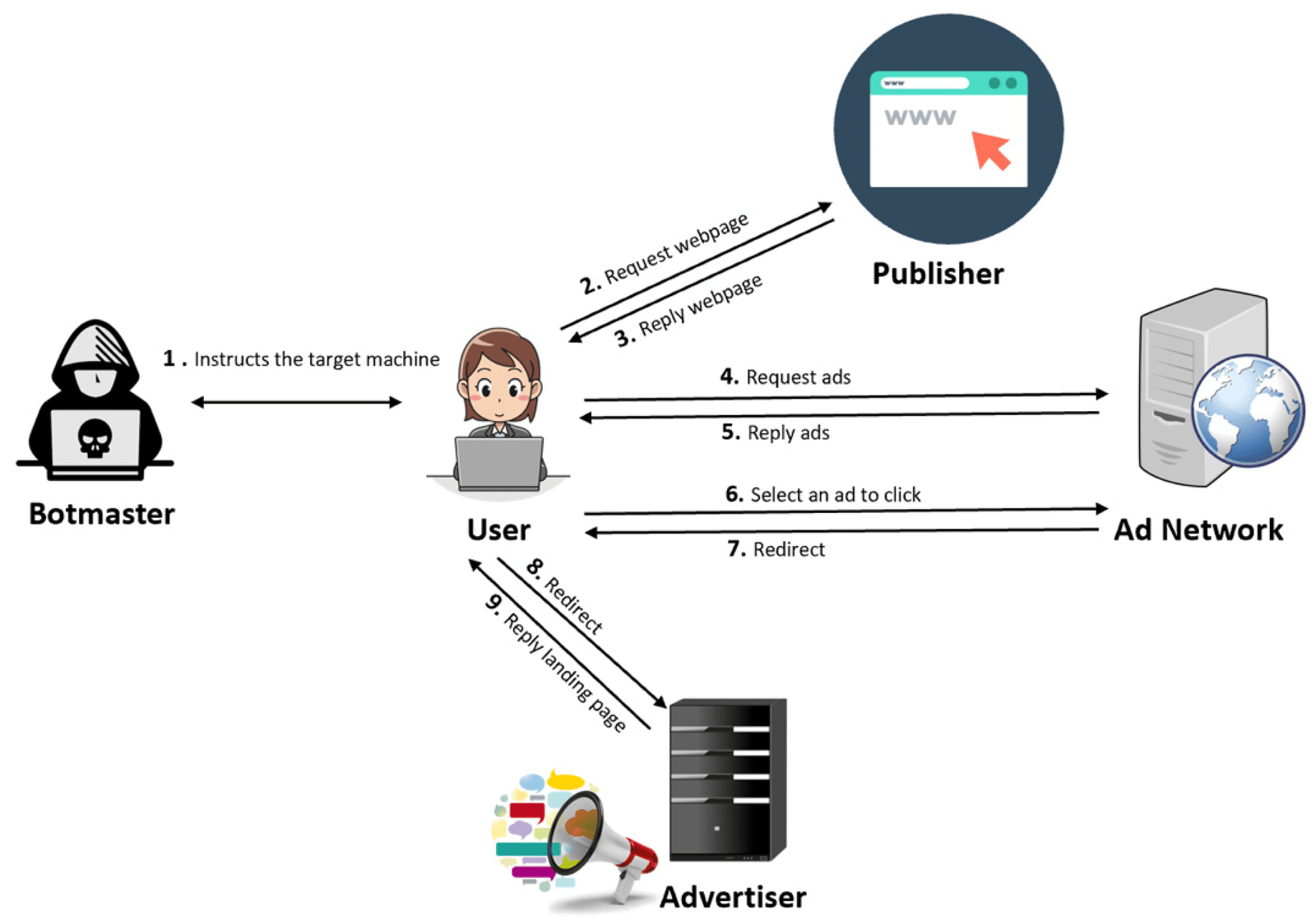
Building Consumer Trust through Blockchain
Blockchain allows brands to empower consumers by giving them control over their personal data. Transparency around data usage helps build trust and loyalty between brands and their customers, a crucial advantage in today’s privacy-conscious environment.
Benefits for Consumers:
- Data Transparency: Brands can transparently communicate what data they collect and how it’s used, building accountability.
- Ownership and Consent: Blockchain allows consumers to retain ownership over their data and decide how and when it’s shared.
Case Study: Brave Browser and Basic Attention Token (BAT) Brave Browser uses blockchain to ensure user privacy while incentivizing ad engagement through its Basic Attention Token (BAT). Users can earn BAT by opting to view ads, giving them control over their ad exposure and providing transparency around data usage. This approach increases consumer trust and ensures users are fairly compensated.

How Blockchain Empowers Data Privacy and Security
As data privacy regulations become increasingly stringent, blockchain offers a secure and compliant solution. Blockchain’s decentralized design aligns well with privacy requirements like GDPR and CCPA by empowering users to manage data permissions.
Benefits of Blockchain for Privacy Compliance:
- Data Encryption: Blockchain encrypts consumer data, making it nearly impossible for unauthorized parties to access it.
- User-Centric Data Management: Users control who can access their data, enhancing compliance with privacy laws.
Case Study: Volkswagen and GDPR Compliance Volkswagen implemented blockchain to ensure compliance with GDPR requirements. By using blockchain to encrypt customer data and manage permissions, Volkswagen allowed consumers greater control over their information, enhancing trust and aligning with regulatory standards.
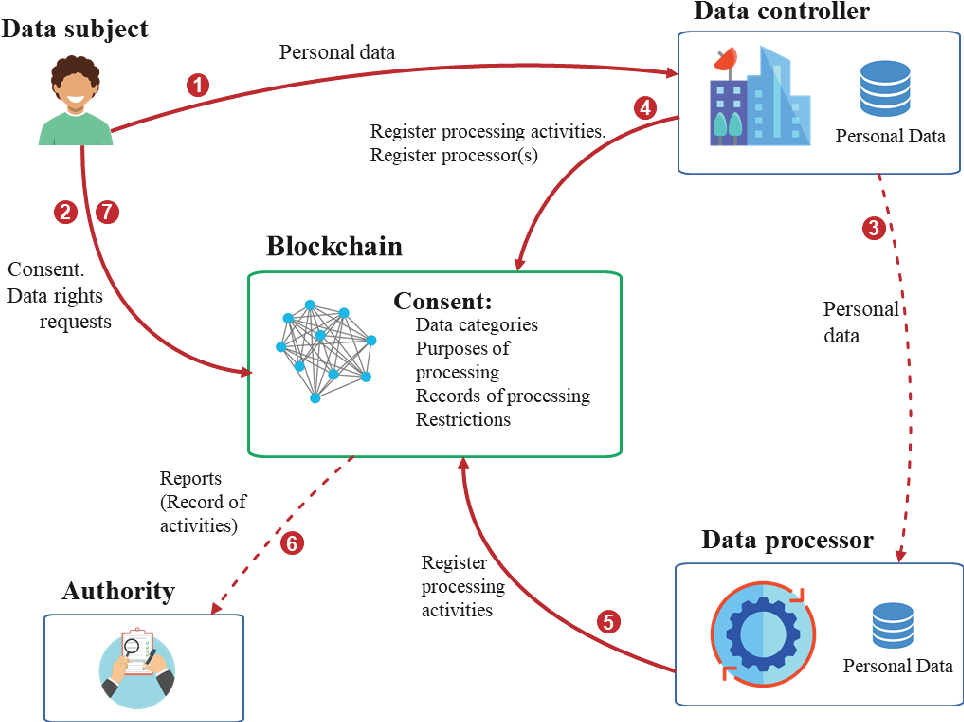
Examples of Blockchain Applications in Marketing
Blockchain technology is already making a significant impact in marketing, as demonstrated by several high-profile companies.
- Unilever: Unilever utilized blockchain to authenticate its ad supply chain, verifying that ads reach legitimate audiences.
- IBM: IBM has collaborated with several media companies to improve ad performance tracking and transparency through blockchain.
Case Study: Walmart’s Blockchain Supply Chain for Product Transparency Although Walmart’s primary focus is supply chain management, its blockchain implementation demonstrates the technology’s power in creating transparency. By tracking every step of a product’s journey, Walmart ensured product authenticity, which translated to increased trust and accountability in its marketing efforts as well.
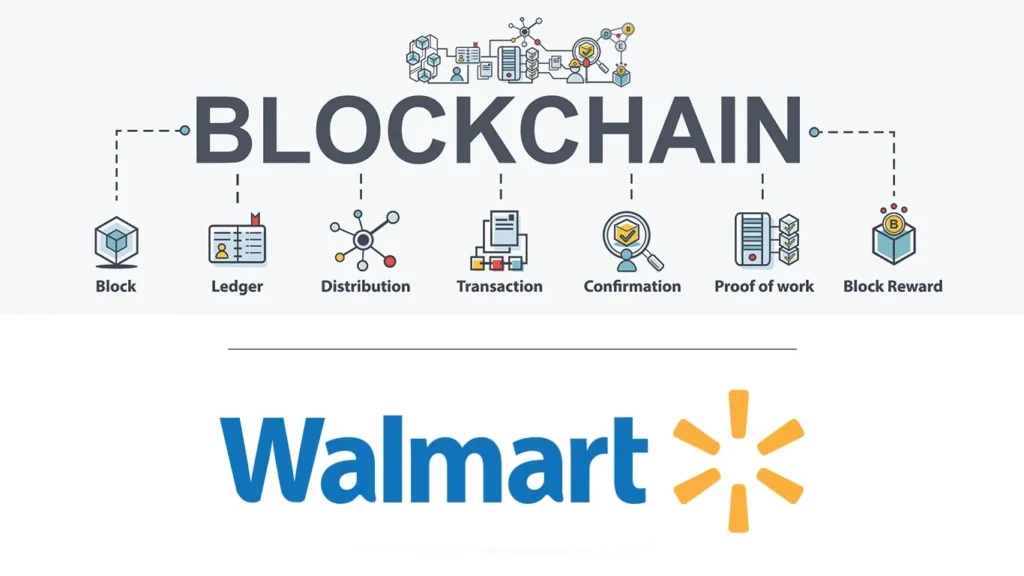
Transparency in Digital Transactions Using Blockchain
In traditional digital advertising, intermediaries add complexity and inflate costs. Blockchain eliminates the need for these middlemen by creating a direct line between advertisers and publishers.
Advantages of Blockchain in Digital Transactions:
- Real-Time Ad Tracking: Blockchain enables real-time tracking of ad impressions and performance, helping brands adjust strategies on the go.
- Reduced Costs: By removing intermediaries, brands save on fees and simplify transaction processes.
Case Study: Procter & Gamble’s Ad Supply Chain Overhaul Procter & Gamble partnered with blockchain platforms to streamline its ad supply chain. By cutting out intermediaries, P&G saved over $100 million in ad costs in just one year and achieved better ad performance transparency, benefiting both the company and its consumers.

Blockchain and Smart Contracts in Advertising
Smart contracts are self-executing digital contracts that automatically fulfill predetermined conditions. In digital marketing, smart contracts can streamline ad transactions, ensuring that payments occur only once verified conditions—like a certain number of views—are met.
Benefits of Smart Contracts in Advertising:
- Billing Accuracy: Brands pay only for verified interactions, reducing overbilling and unnecessary costs.
- Instant Payment Processing: Payments are released instantly once conditions are satisfied, improving efficiency for both advertisers and publishers.
Case Study: AdEx Network’s Use of Smart Contracts for Transparent Ads AdEx Network uses blockchain-based smart contracts to validate ad interactions, ensuring brands only pay for genuine engagement. This transparency attracts advertisers seeking to avoid ad fraud, marking AdEx as a leading example of blockchain-based advertising.
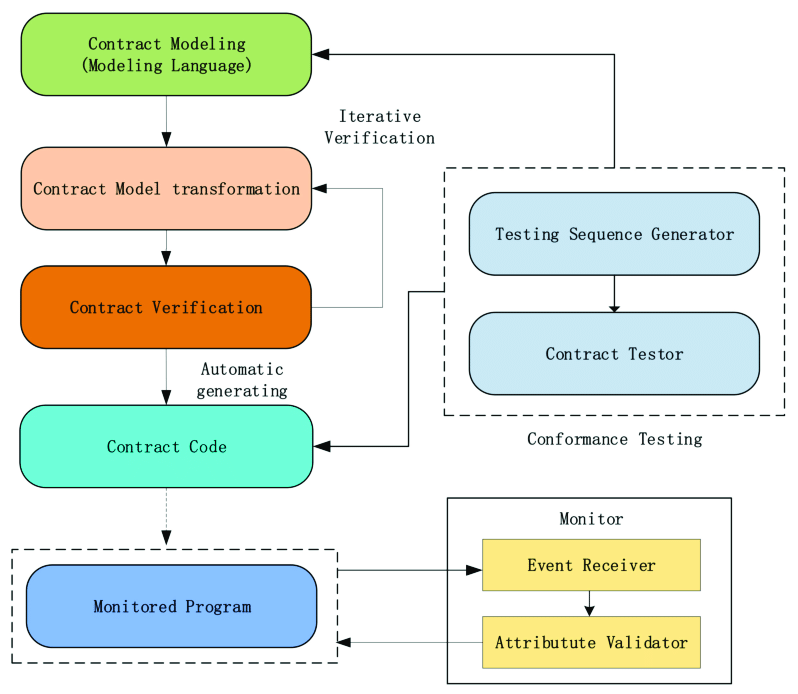
Using Blockchain for Influencer Marketing Transparency
Influencer marketing suffers from issues like fake followers and inflated engagement metrics, making it difficult for brands to gauge campaign success. Blockchain provides a clear way to authenticate engagement metrics, ensuring that influencers reach real audiences and that brands get fair value.
Benefits of Blockchain for Influencer Marketing:
- Authenticity Verification: Blockchain verifies influencers’ audiences, confirming that followers are genuine.
- Engagement Transparency: Blockchain records engagement metrics, allowing brands to track campaign impact accurately.
Case Study: L’Oreal’s Use of Blockchain in Influencer Marketing L’Oreal partnered with a blockchain platform to authenticate influencer engagement, tracking real-time audience interactions and ensuring that influencers reached genuine followers. By leveraging blockchain, L’Oreal improved transparency and verified campaign performance, increasing ROI.
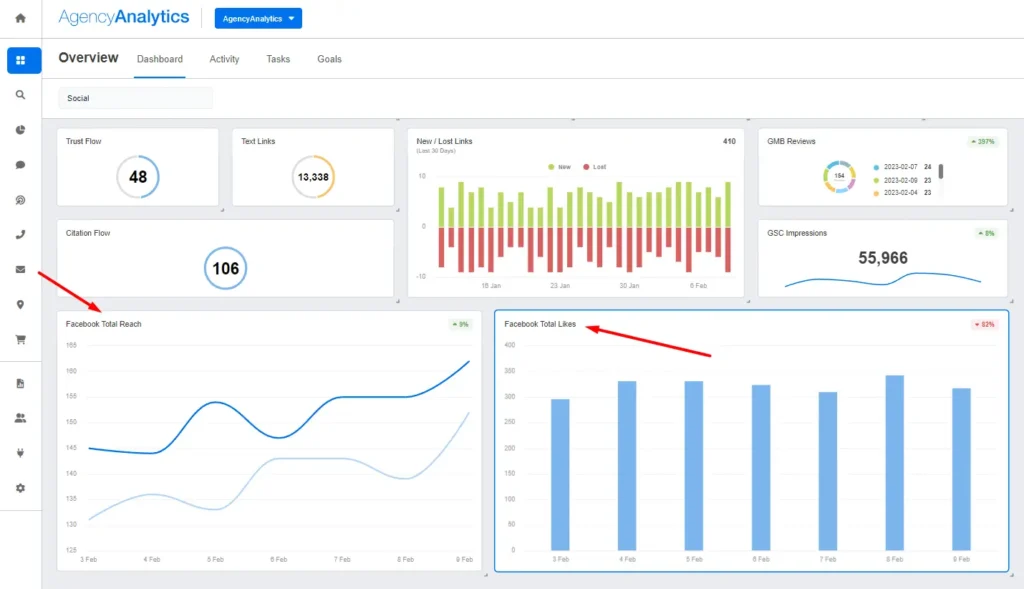
Blockchain-Based Tools for Marketing Transparency
With blockchain’s rapid adoption in marketing, various tools now exist to help brands enhance transparency, verify data, and secure user information.
Top Blockchain Marketing Tools:
- AdChain: A blockchain solution focused on ad verification and fraud prevention.
- Basic Attention Token (BAT): BAT rewards users for ad engagement while ensuring that only genuine interactions are recorded.
- UBEX: Decentralizes the ad exchange process, offering brands a secure, transparent platform for ad transactions.

Consumer Benefits of Blockchain-Driven Marketing
Blockchain offers significant advantages for consumers by providing transparency, data control, and improved privacy.
- Data Privacy: Consumers can manage access to their data and ensure that it remains secure.
- Informed Choices: Blockchain allows consumers to understand how brands use their data, promoting trust.
Case Study: KODAKOne’s Blockchain Platform for Protecting Digital Content KODAKOne, a blockchain-based image rights platform, empowers photographers to track and protect their digital content. This example shows how blockchain can extend beyond marketing to benefit consumers and creators by safeguarding intellectual property.
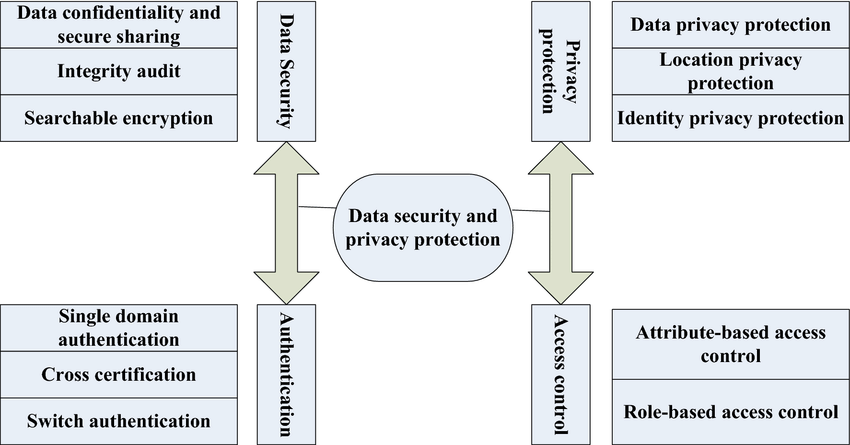
Regulatory Compliance and Blockchain in Marketing
With regulations such as GDPR and CCPA, brands are obligated to secure and manage consumer data responsibly. Blockchain’s inherent transparency and security features make it a suitable solution for regulatory compliance.
Compliance Benefits of Blockchain:
- Enhanced Data Security: Blockchain’s encryption protocols reduce data breach risks.
- Permission Management: Brands can easily track and manage data permissions on the blockchain.
Case Study: Telefónica’s Blockchain Use for Data Compliance Telefónica uses blockchain to comply with data regulations and allow users control over their data. This initiative enhances data transparency, builds consumer trust, and exemplifies how blockchain supports compliance.
Challenges of Implementing Blockchain in Marketing
While blockchain offers substantial benefits, adopting it in marketing presents challenges such as high costs, scalability, and technical expertise.
Key Challenges:
- Cost: Blockchain implementation costs can be prohibitive for smaller companies.
- Scalability: Increased transaction volume can affect blockchain processing speed.
- Technical Knowledge: Blockchain complexity may necessitate third-party expertise.
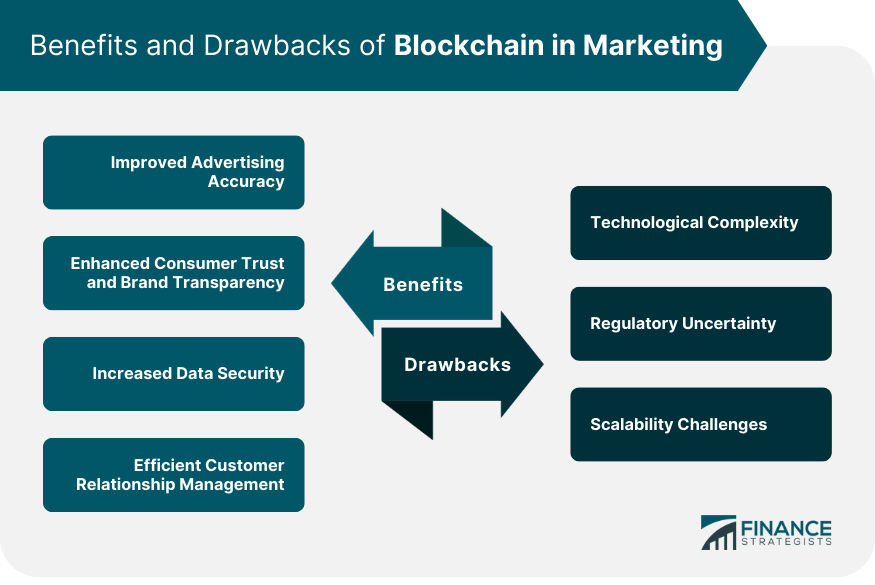
Future of Blockchain in Digital Marketing
By 2025, blockchain is anticipated to play a critical role in digital marketing as brands increasingly recognize its value. Blockchain’s promise of transparency, security, and compliance positions it as an essential technology in the evolving digital landscape.
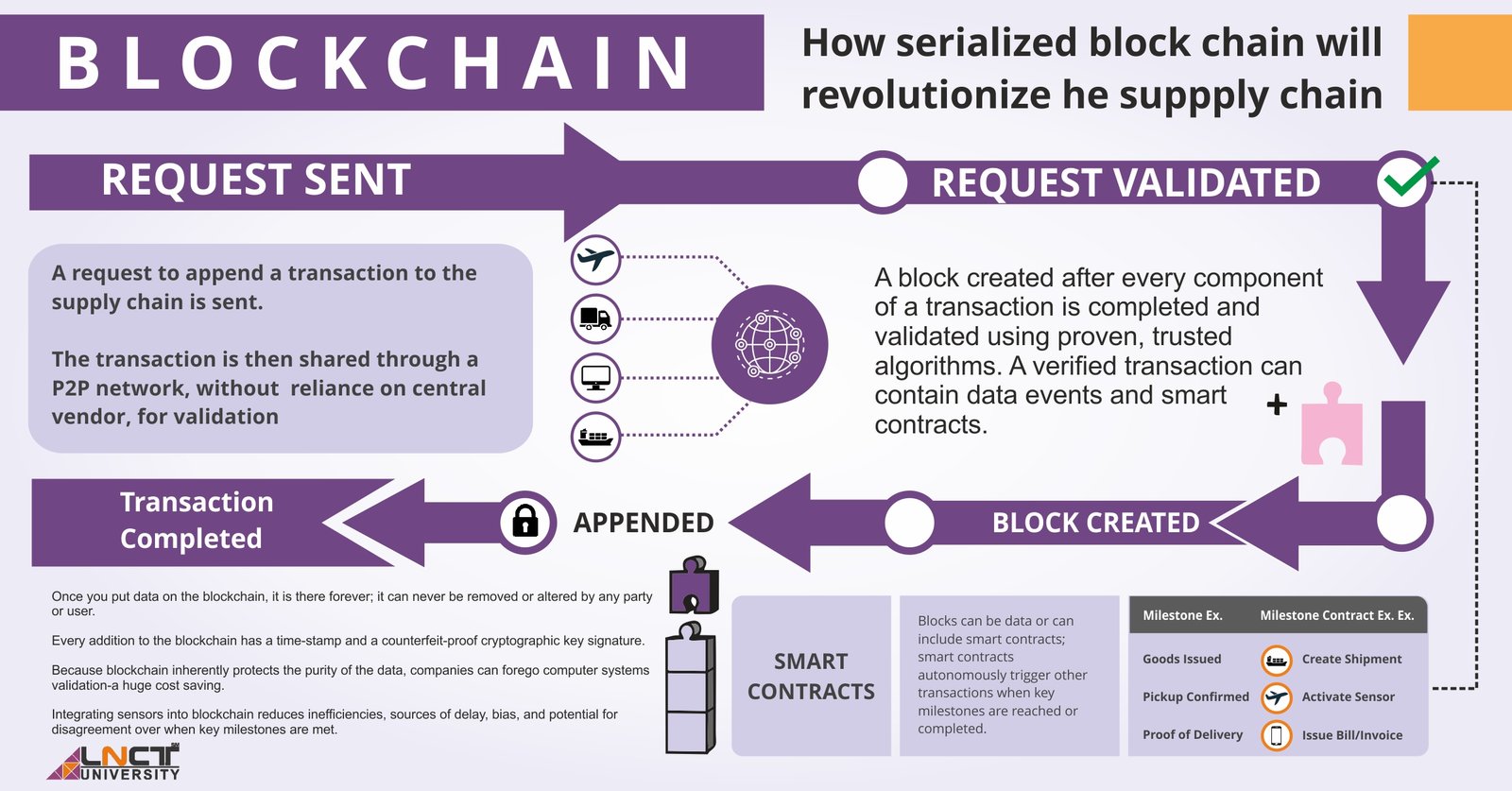
Action Steps for Marketers
To effectively integrate blockchain, marketers should follow these steps:
- Identify Blockchain Tools: Select platforms aligned with transparency and security objectives.
- Assess Transparency Needs: Determine areas where blockchain can improve ad verification and data handling.
- Partner with Blockchain Providers: Collaborate with providers for tailored solutions that meet marketing goals.
Frequently Asked Questions (FAQs)
Disclosure: Our blog contains affiliate links to products. We may receive a commission for purchases made through these links. However, this does not impact our reviews and comparisons. We try our best to keep things fair and balanced, in order to help you make the best choice for you.


